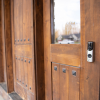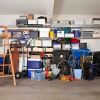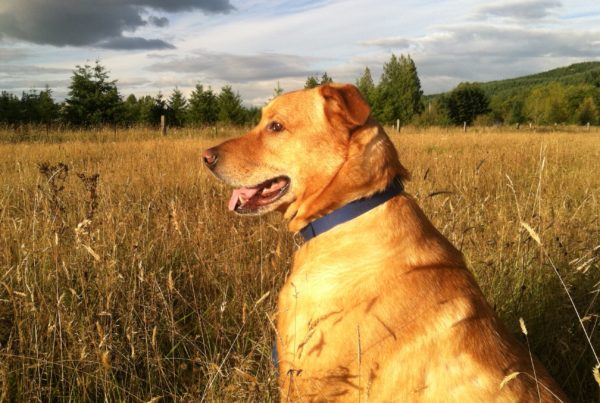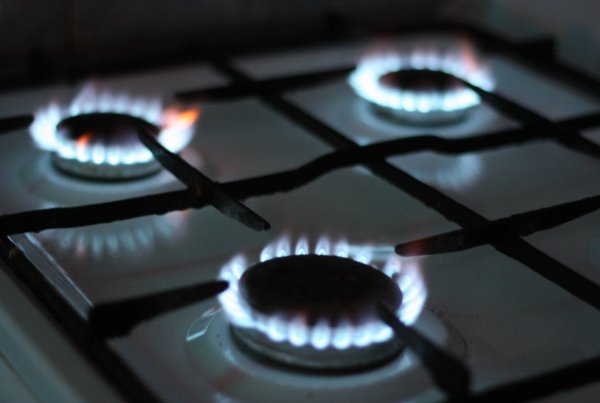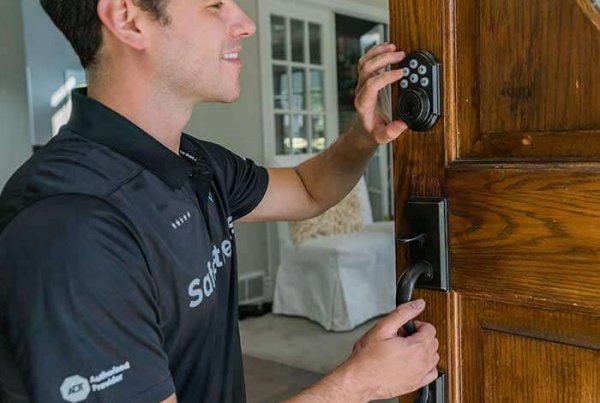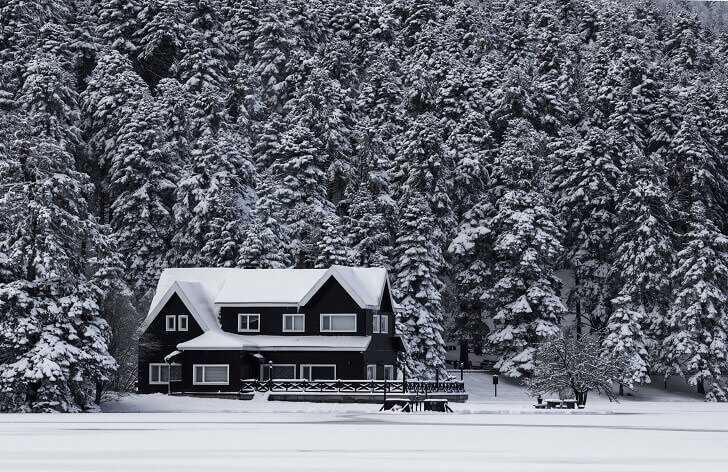
Although we’re having a few warm days during this winter month of February, the nights are still cold and there’s a definite chill in the house in the morning as I crank up the woodstove!
Since we’ll probably be using the woodstove for at least two more months, and usually on in to May, chimney safety is top of mind for me, especially since the fires have been a little harder to start the last few days. Does our chimney need cleaning? I have called a chimney sweep to find out, and in the meantime, I’ve done some fireplace and chimney safety research to make sure we’re doing everything right.
Since I know we’re not the only ones burning firewood this winter, I thought I’d share the results of my research here, as fireplace and chimney safety are likely top of mind for you too!
Burn the right wood
Burn the right wood means dry, seasoned wood, not green wood, and choose hardwoods over soft when you can. This is the third house I’ve lived in with a woodstove and I have heard the “burn the right wood” advice time and again, but you know what? That’s not always easy to do. Many times those folks selling firewood at the intersection of those two roads you drive along are selling something you shouldn’t be burning exclusively, such as soft wood and green wood, which can lead to creosote buildup in the chimney. So be wary when buying wood. This article on good firewood is quite thorough and should help you know which kind of wood to use for the safest burning.
Get the chimney cleaned
No matter what you burn or how, you will get creosote buildup in your chimney. Creosote buildup can affect how well your fireplace or woodstove is functioning (which is what we’re facing, I think), which is inconvenient, but it can also result in a chimney fire, which is devastating. According to MyChimney.com, your chimney should be inspected every year, even if it doesn’t need a cleaning. An inspection will check for more than just creosote buildup. The inspector will look for any cracks or warning signs too, so even if you hardly use your fireplace or woodstove, get the inspection done annually no matter what.
Beware the unseen dangers
If you have a home security system installed, you might already have carbon monoxide detection. If not, get a detector if you’re burning wood. Your fire can emit this odorless yet deadly gas without your knowing it. (And that might be one more reason to get that home security system you’ve been eyeing!)
Think small
We live in a house that’s 136 years old this year, and that means we live in a house without central heating. Our woodstove is our primary source of heat, so it gets a lot of use. When we’ve been gone for a day or for some other reason we’ve let the fire go out and the house get cold, it can be tempting to get a blazing fire going…and dangerous too. It’s better to have a smaller fire and let it slowly heat the house rather than try to get an inferno blazing, at least according to this Popular Mechanics article.
While I was researching and writing this, the chimney sweep called me back and he is now scheduled for next week. Sure enough, I was chided for waiting so long to get the chimney cleaned and he suggested I keep the use to a minimum between now and then (something that will be a challenge given that it’s the middle of winter!), so there you go: Don’t be like me. Get that chimney cleaned or at least inspected, and follow the other safety tips too, to keep your fire burning where it belongs and your family safe but warm.




